Iran’s strategic path amid Western sanctions: Sovereignty, resistance, and role of China
By Nahid Poureisa
In 2015, amid negotiations on the Joint Comprehensive Plan of Action (JCPOA), Leader of the Islamic Revolution Ayatollah Seyyed Ali Khamenei made a profound observation: the backbone of successful negotiations lies in internal strength, particularly the economy.
He warned that entering negotiations from a position of weakness would lead to greater concessions imposed by world powers sitting on the other side of the negotiating table.
Ayatollah Khamenei also stressed the untrustworthiness of Western nations, highlighting their inconsistent behavior—cooperative one day and antagonistic the next. He was clear that not all of Iran’s challenges stem from sanctions, but understanding and countering their effects is crucial.
At the heart of the sanctions regime is the manipulation of economic systems, designed to force nations into decisions aligned with the interests of imperial powers. The solution, as Leader of the Islamic Revolution stressed, is to minimize the impacts of these economic weapons.
Each nation faces unique challenges and opportunities, and for Iran, the exit strategy lies in dismantling the influence of the American economic hegemony and dollar and integrating its economic policies with allies in the Global South, including China and Russia.
Iran’s urgent need for de-dollarization
The Islamic Republic of Iran must recognize the urgency of moving beyond the weaponization of the US dollar. This requires a comprehensive and integrated political-economic strategy.
Such a strategy aligns trade practices across the region with broader partnerships with all-weather allies China, Russia, as well as other Global South countries. This alignment necessitates a resilient framework against imperialist pressures, guided by revolutionary principles and national interest.
Leader of the Islamic Revolution’s greater emphasis on economic resilience is reflected in his 2020 declaration that relying on foreign economic decisions is a strategic miscalculation.
Iran, he argued, cannot hinge its economy on the whims of external powers. This principle underscores the need for independence, not isolation, and a dialectical approach to global engagement—one that respects revolutionary ideals while addressing geopolitical realities.
"Iran, China share geopolitical strategic stance against US imperialism"@NahidPoureisa emphasizes the importance of Iran-China relations, including their strategic stance against US imperialism. pic.twitter.com/gPUlEP8TWe
— Press TV 🔻 (@PressTV) December 28, 2024
Look East: A strategic pivot
This vision brings Iran’s “Look East” policy into focus. Iran must deepen its ties with China, not as a reactionary measure against the West but as part of a long-term, carefully planned strategy.
China’s position as a global economic powerhouse, particularly after the Ukraine war, offers Iran significant opportunities for collaboration.
For instance, China and Russia now conduct 70 percent of their trade in local currencies, showcasing a successful alternative to US dollar-dominated systems.
Following the imposition of Western sanctions on Russia due to the war in Ukraine, economic ties between China and Russia have strengthened significantly, with notable increases in trade volumes and energy cooperation between the two countries.
Trade volume growth
In 2023, overall trade between China and Russia reached a record $240 billion, marking an increase of more than 64 percent compared to 2021, before the outbreak of the Ukraine war.
In 2023, Chinese exports to Russia exceeded $111 billion, representing a 67 percent increase from 2021. Chinese goods now account for 38 percent of Russia's import structure.
Between January and July 2024, bilateral trade between the two countries rose to $136.67 billion, marking a 1.6 percent increase compared to the same period in the previous year.
Iranian Foreign Minister Abbas Araghchi visits China to strengthen bilateral cooperation and discuss key regional and international issues.
— Press TV 🔻 (@PressTV) December 27, 2024
Follow Press TV on Telegram: https://t.co/B3zXG74hnU pic.twitter.com/NMN8ulgi2E
Energy cooperation
Russia exports approximately 2 million barrels of oil per day to China, accounting for more than one-third of its overall crude oil exports.
In 2022, China spent $81.3 billion on imports of Russian oil, coal, LNG, and pipeline gas, up from $52.1 billion in 2021. Oil constituted about 71.8 percent of these imports, with the average price of Russian crude at $92 per barrel, compared to $99 per barrel for China's other crude imports.
In 2024, Gazprom's gas output is expected to rise to approximately 416 billion cubic meters (bcm), with exports to China projected to increase to 31 bcm.
Currency and financial transactions
The increased economic interaction has led to a greater use of the Chinese yuan in bilateral trade, reducing reliance on the US dollar and mitigating the impact of Western financial sanctions.
These developments underscore a deepening economic partnership between China and Russia, serving as a strategic response to Western sanctions and reflecting a shift towards a more multipolar global economic landscape.
Since Russia's military operation in Ukraine, Western nations have imposed unprecedented sanctions on the country. As of August 2, 2024, there have been 19,535 new sanctions imposed on Russia, in addition to the 2,695 that were already in place before the invasion, bringing the total to over 22,000 sanctions.
Despite these extensive sanctions, Russia has demonstrated adaptability, mitigating the anticipated economic impacts. Factors contributing to this resilience include learning from prior experience with sanctions, measures to evade restrictions, and continued economic interactions with significant global players like China and India.
Iran can follow the same roadmap under crippling Western sanctions. Despite Western economic pressure, Russia’s economy not only avoided collapse but grew significantly, and its national currency also remained stable, much to the surprise of pundits in the West.
Iran can leverage its ties with China and Russia to build alternative payment systems, such as those pioneered by the BRICS nations, and bypass SWIFT. The ability of Iranians to use domestic bank accounts in Russia demonstrates the potential for these systems.
Russia and China condemned Israel's aggression against Iran during an emergency meeting of the United Nations Security Council. pic.twitter.com/iY4R552NJG
— Press TV 🔻 (@PressTV) October 29, 2024
Iran-China relations in multipolar transition
Foreign Minister Abbas Araghchi’s visit to China this week should be seen through this lens.
This visit was not merely about bilateral ties but also about Iran’s role as a leader within the Axis of Resistance and its alignment with the transition to a multipolar world order.
This relationship is grounded in mutual principles, shared geopolitical interests, and resistance to Western hegemony. Iran’s ties with China must not be seen as a bargaining chip to revive the JCPOA or as a counterbalance to strained Western relations.
Instead, these ties reflect a strategic commitment to reducing dependence on Western systems.
The 20 cooperation agreements signed between the two countries during President Ebrahim Raeisi’s visit to Beijing last year must not fall victim to administrative changes or political inertia. They are critical to the development of a robust partnership.
Shared security interests
The partnership between Iran and China also extends to shared security concerns, particularly in combating terrorism. Recent developments in Syria highlight the alignment of these common interests, with terrorist groups, including factions from China’s Xinjiang region, forming alliances.
Peace in Afghanistan and Pakistan is also vital for both nations—not only for regional stability but also for the success of key initiatives like China’s Belt and Road Initiative (BRI). Iran’s alignment with China in seeking peace and stability in these regions further solidifies their strategic partnership.
Call to action for Iran
Iran's path forward must be clear-eyed and strategic. Deepening ties with powers like China and Russia is essential for reducing dependence on weaponized economic systems. In this time of global upheaval, Iran cannot afford to devalue its economy or its position in the emerging multipolar world.
Aragchi’s visit to China and the broader ‘Look East policy’ should not be seen as mere tactics but as components of a larger vision for Iran’s sovereignty and resilience.
By aligning internal policies with strategic partnerships and resisting the West’s manipulations, Iran can safeguard its national interests, strengthen its economy, and assert its rightful place in the global order.
Nahid Poureisa is an Iranian analyst and academic researcher focused on West Asia and China.
(The views expressed in this article do not necessarily reflect those of Press TV.)
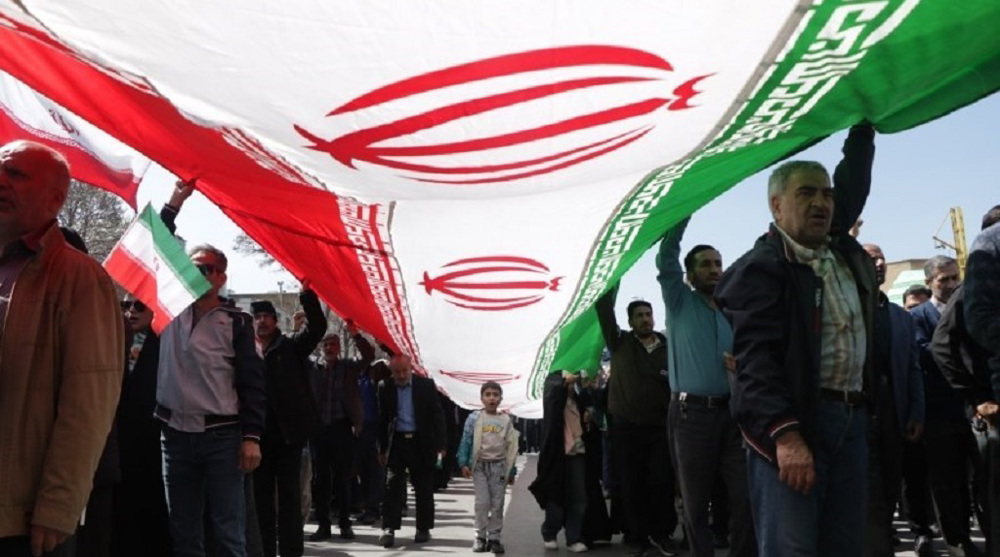
United in defense: Iranian civil activists warn US against war
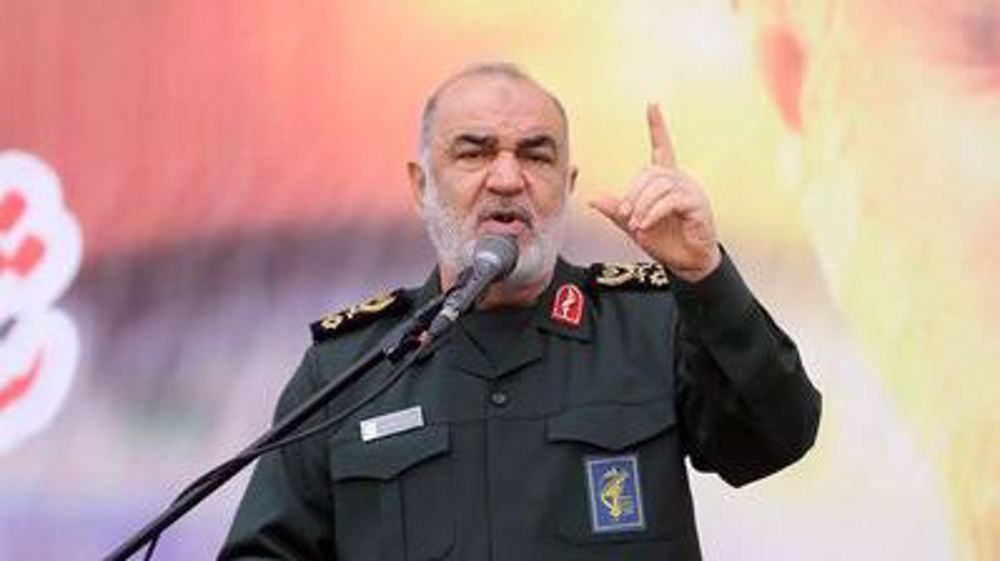
IRGC chief: Iran knows war formulas needed to defeat enemy
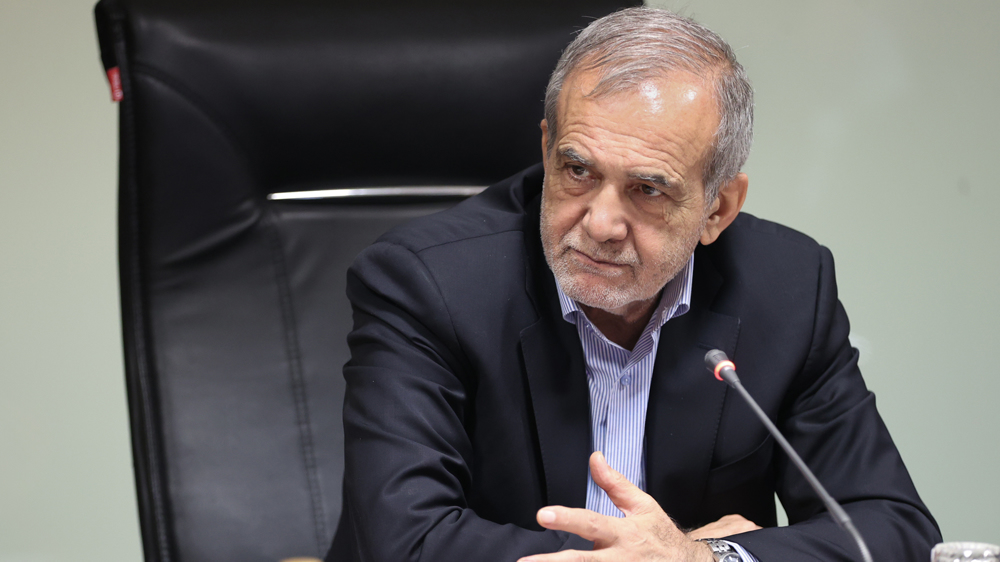
US threats contradict its calls for diplomacy, Iran open to talks on ‘equal footing’: President
Nigerian security agents plan fresh attacks on followers of Sheikh Zakzaky in Abuja: Report
Bill to seize mosques in India gains presidential assent
Over 600,000 children in Gaza at risk of ‘permanent paralysis’: Ministry
VIDEO | US, Europe anti-Trump protests
Yemen accuses US of targeting civilians in Eid airstrike
VIDEO | US bombing campaign fails to deter Yemen
Hamas calls for mass participation in general strike in West Bank
Europe standing on wrong side of history by appeasing Israel: Iran


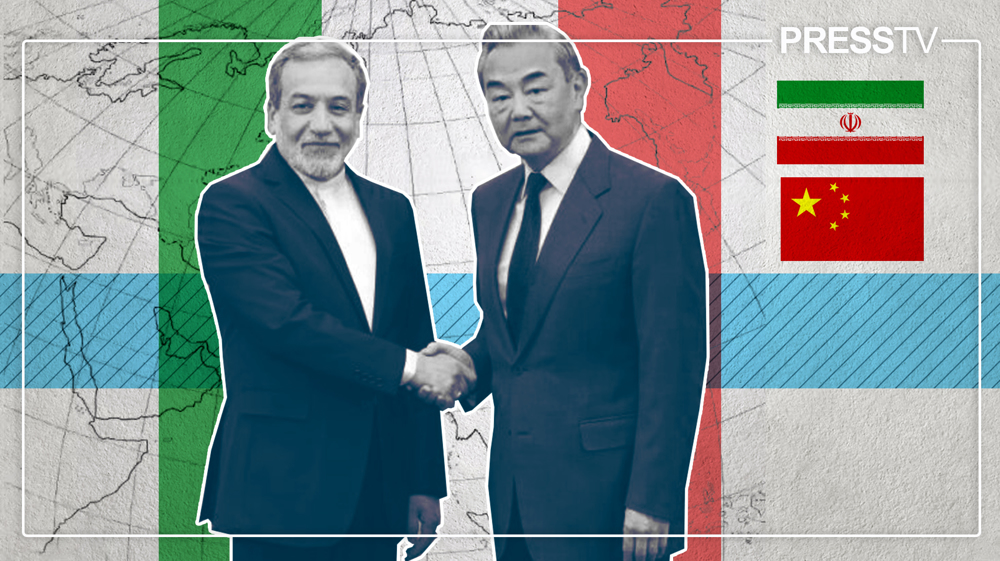



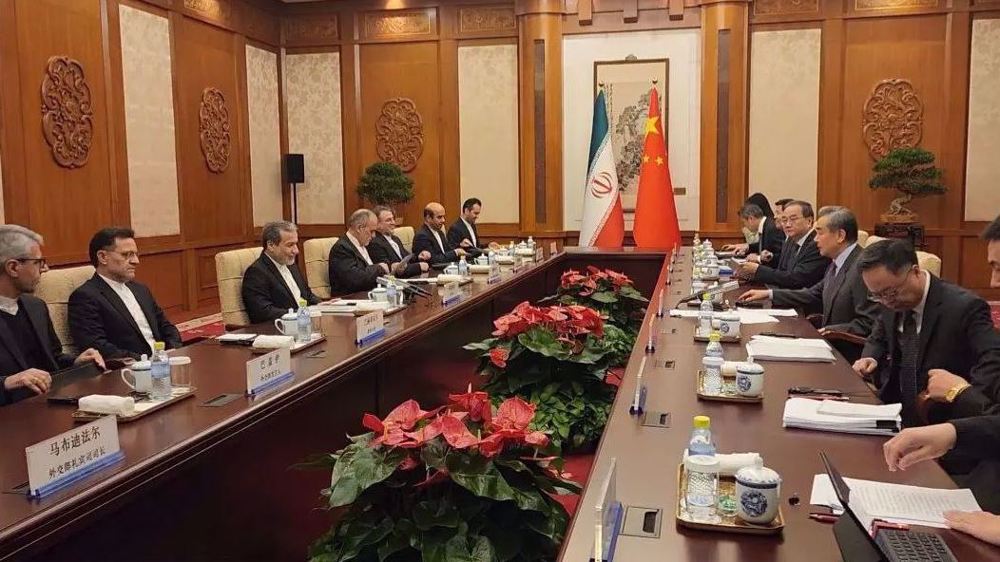
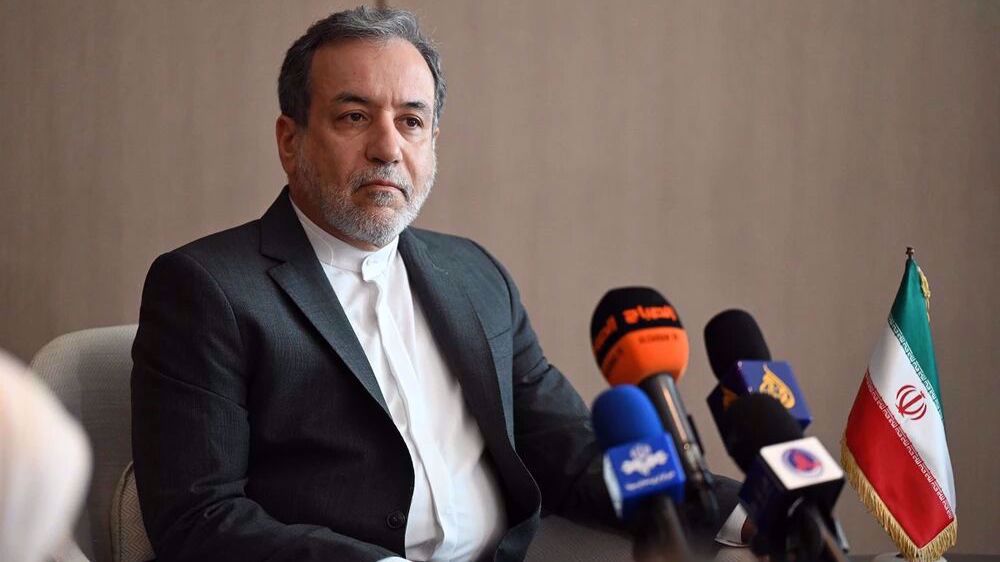
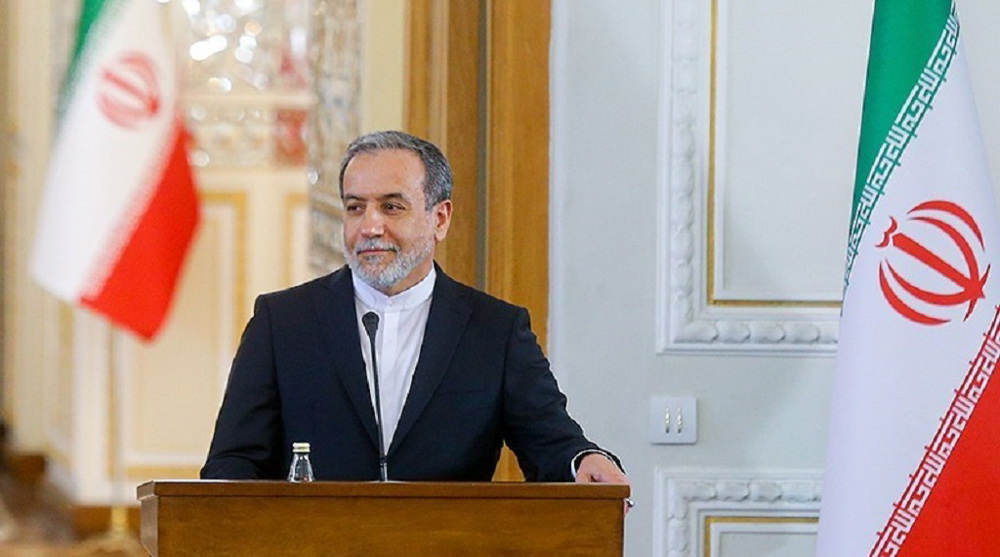
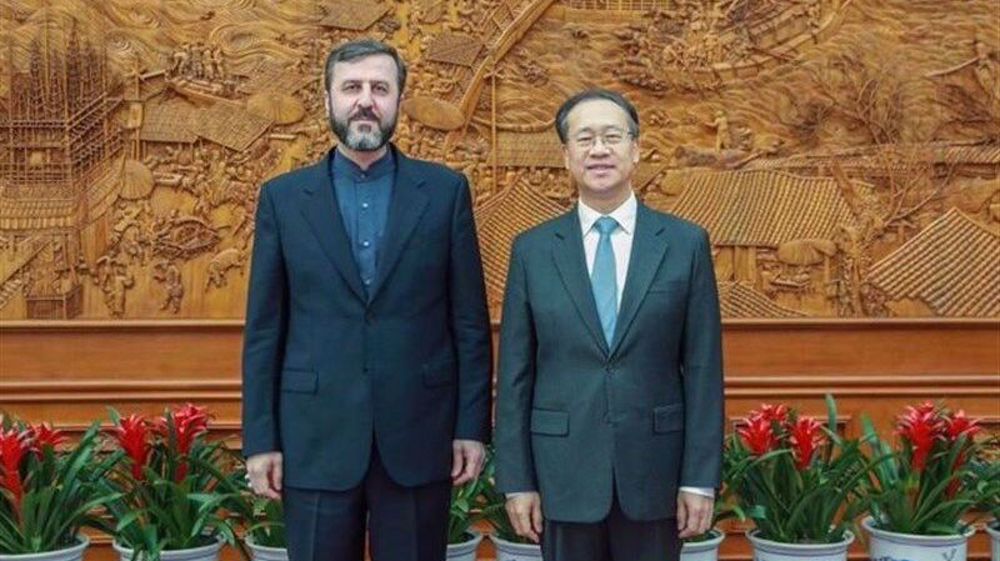
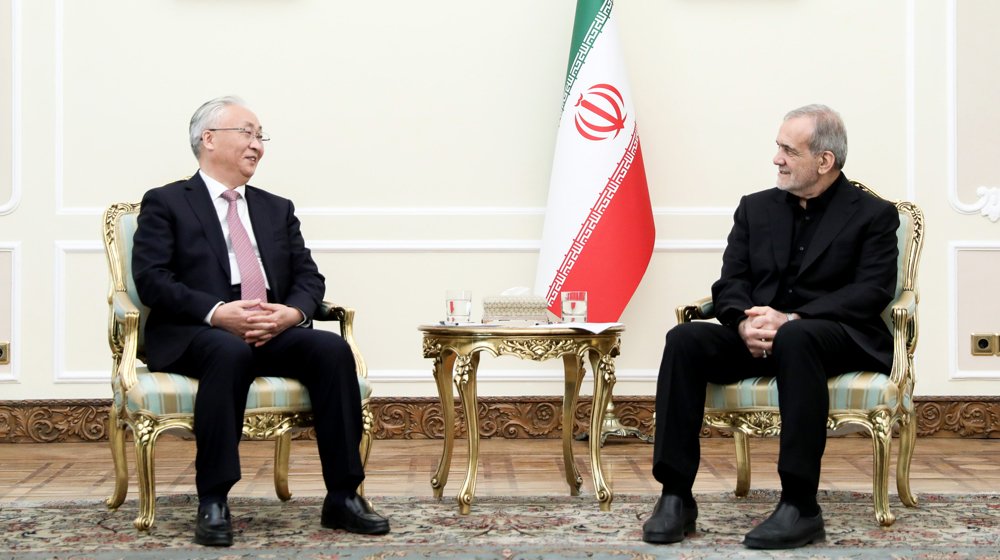

 This makes it easy to access the Press TV website
This makes it easy to access the Press TV website